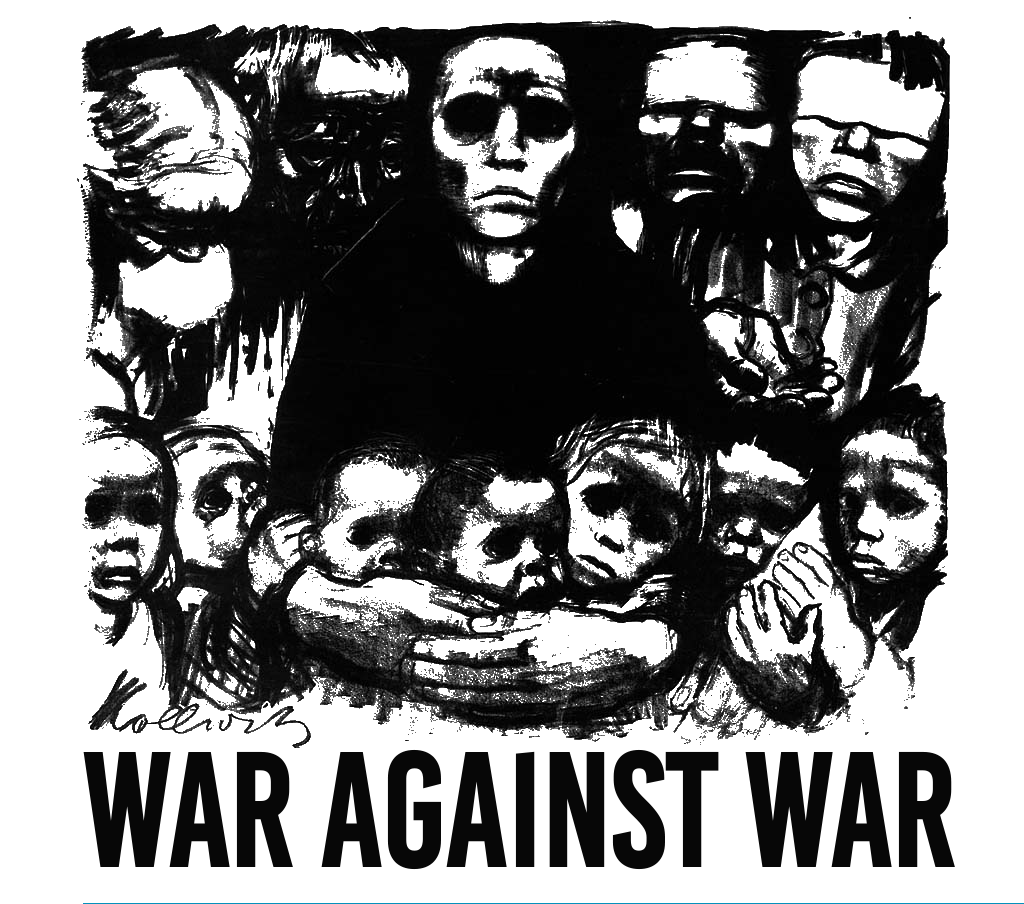Abstract
Andreas Malm's “How to Blow Up a Pipeline” (2021) reinvigorated contemporary debates around property destruction and sabotage as strategies to force decarbonization and mitigate the worst consequences of human-induced climate change. Responses from Peace Studies scholars largely adhere to established arguments around the moral and strategic benefits of (non)violent resistance. This article brackets debates over ethics and efficacy within this established violence/nonviolence binary to trouble Malm's analysis and recommendations in new ways. By focusing on the intersectional aspects of environmental violence, this article illustrates how Malm's argument for property and infrastructure damage risks exacerbating interlinked forms of direct, structural, and cultural violence that effect already-marginalized communities along cross-cutting axes of race, gender, class, and other valences of domination. This novel application of intersectional analysis within the emerging environmental violence framework offers scholars and practitioners of peacebuilding important new tools with which to critically analyze emerging strategies to confront environmental degradation.
This was originally published on Wiley: Peace & Change: Table of Contents.
